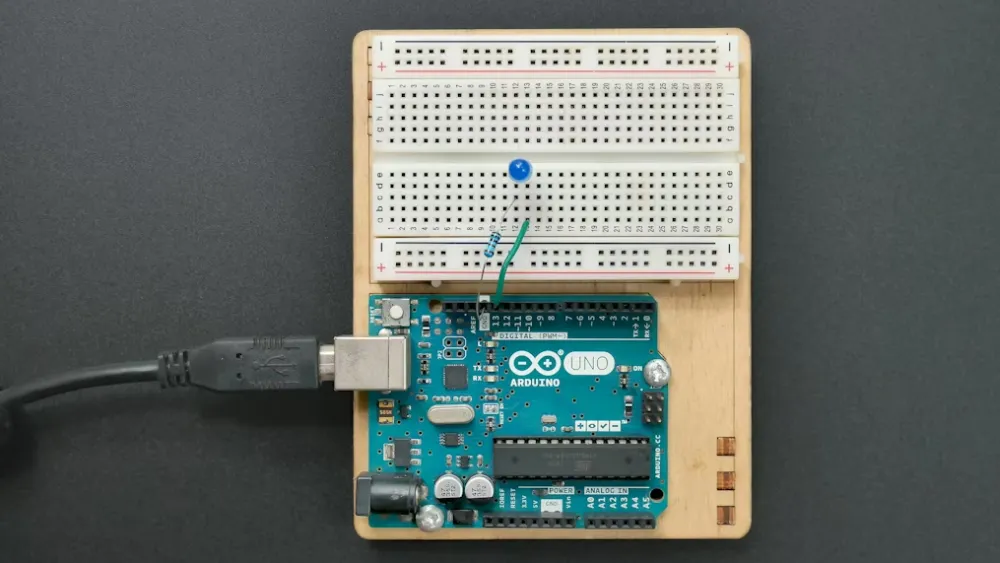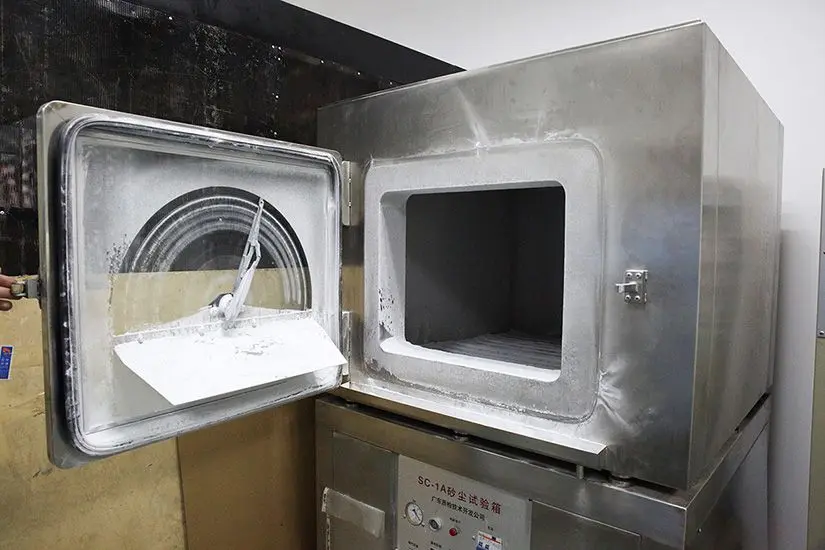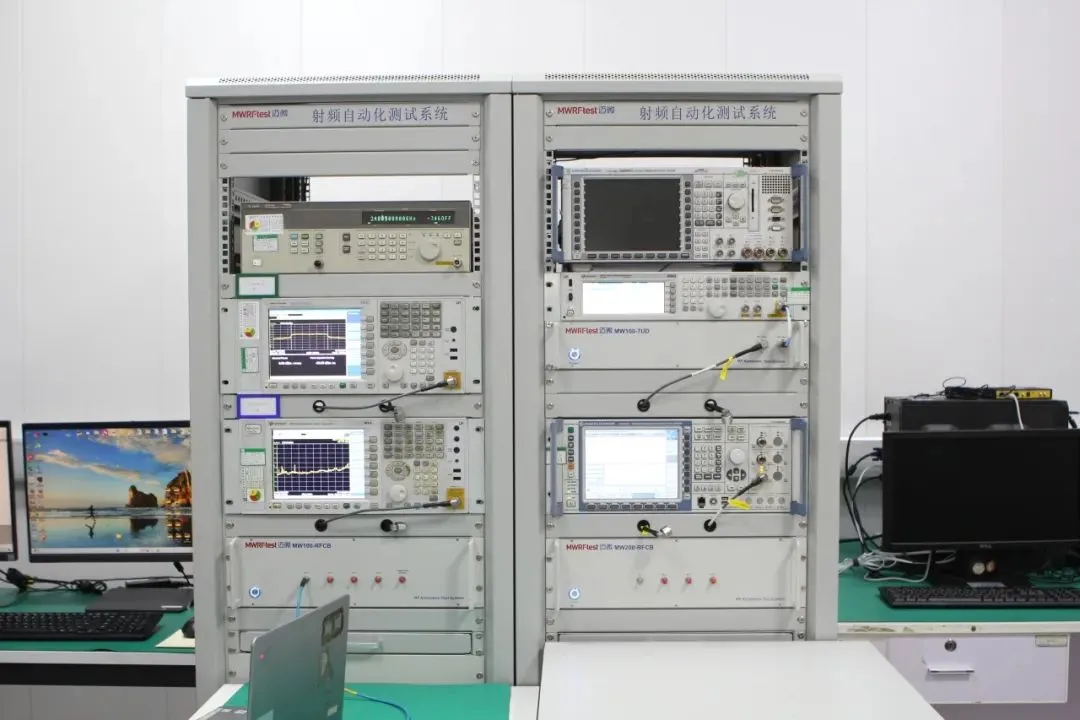
What is Japan MIC Certification?
MIC certification is a mandatory certification for wireless products entering the Japanese market. MIC refers to the abbreviation of the Ministry of Internal Affairs and Communications in Japan. It oversees the Radio Act and the Telecommunications Business Act. Previously, certification under the Radio Act was also called TELEC certification, but officially, it is more appropriate to refer to it as Japan Mic certification. In short, telec certification equals mic certification.

Applicable Products for MIC Certification:
Wireless RF products include:
- Bluetooth devices
- ZigBee products
- Telemetry equipment
- WiFi products
- Wireless microphones
- Pagers
- LTE/RFID products (2.4GHz, 920MHz)
- UWB radio systems
- GSM products, etc.
Testing Contents:
1. Frequency Error Measurement
2. Occupied Bandwidth and Spread-Spectrum Bandwidth / Factor
3. Unwanted Emission Intensity Measurement
4. Antenna Power Error Measurement
5. Limitation of Collateral Emission of Receiver Measurement
6. Transmission Antenna Gain (EIRP Antenna Power) Measurement
7. Transmission Radiation Angle Width (3dB Beamwidth) Measurement
8. Duty Cycle Measurement
9. Retention Time Measurement
10. Radio Interference Prevention Capability & Carrier Sense Capability Measurement
Example: MIC Certification for Bluetooth Headsets
1. Product Function: Bluetooth functionality
2. Certification Requirement: TELEC certification
3. Certification Period: 3–4 weeks
4. Number of Samples RequiRED: 1 fixed-frequency device, 1 complete device
5. Local Testing Required: No
6. Local Agent Required: No
mic certification process:
1. Fill out the application form, prepare documents and samples.
2. The testing agency reviews the documents and conducts preliminary sample testing.
3. The testing agency formally submits the application to an MIC-accredited body.
4. The body reviews the documents.
5. Sample testing is conducted, and a test report is provided (testing can be done by an authorized lab).
6. Upon approval of the documents and test report, the Mic certificate is issued.
Required Documents:
1. Technical Specification Sheet
2. Quality Management System Declaration
3. Quality Control Confirmation Method or Manufacturer's ISO9001 Certificate
4. Construction Guarantee Confirmation Letter
5. Rated Power Declaration
6. Antenna Report
7. Test Report (including test resULts, test setup photos, and inspection details)
8. Block Diagram, Schematic Diagram, Material List, Parts Placement, IC Data Sheet, Internal and External Photos, Product Description, User Manual, Operational/Technical Instructions, Accessory Descriptions
9. Label Information (label location and content)
10. If acting as an agent or authorized representative, a Power of Attorney/Authorization Letter is also required.
MIC/TELEC Certification Document Checklist:
1. Manual:
The first page must include the trademark, product name, and model number. No warning text is required.
2. Block Diagram:
Must display all crystal oscillator information and chip models, including the antenna and its frequency.
3. Circuit Schematic Diagram:
Should reflect all chip models and crystal oscillator information, corresponding with the block diagram.
4. Operational Description:
A description of the operation of chips and crystal oscillators in the block diagram, including their models and details.
5. BOM (Bill of Materials):
Must include all crystal oscillator information and chip models.
6. PCB Layout:
PCB wiring diagram.
7. Position Diagram:
Location diagram of components on the PCB board.
8. Label:
Must indicate dimensions and location on the product. It should include the TELEC mark and specify the size of the TELEC mark.
9. ISO9001:
Both the applicant and manufacturer must have ISO9001 certification. If unavailable, ISO documents must be provided.
10. Antenna Specifications:
A complete antenna report, including antenna type, manufacturer information, radiation pattern, and gain.
Email:hello@jjrlab.com
Write your message here and send it to us
 Energy Storage Battery Brazil Inmetro Certificatio
Energy Storage Battery Brazil Inmetro Certificatio
 Southeast Asia Compliance Requirements for EV Char
Southeast Asia Compliance Requirements for EV Char
 Brazil ANATEL & INMETRO Certification Guide
Brazil ANATEL & INMETRO Certification Guide
 Automotive-Grade Active Crystal AEC-Q200 Certifica
Automotive-Grade Active Crystal AEC-Q200 Certifica
 How to Comply with EU GPSR
How to Comply with EU GPSR
 U.S Cosmetics Require FDA Registration for Customs
U.S Cosmetics Require FDA Registration for Customs
 Interpretation of IEC/EN/AS 62477-1:2022 Standard
Interpretation of IEC/EN/AS 62477-1:2022 Standard
 What is Amazon TIC and How Can Sellers Achieve Com
What is Amazon TIC and How Can Sellers Achieve Com
Leave us a message
24-hour online customer service at any time to respond, so that you worry!




